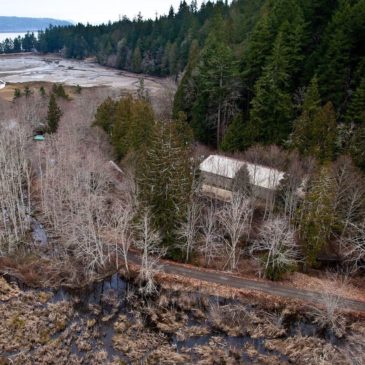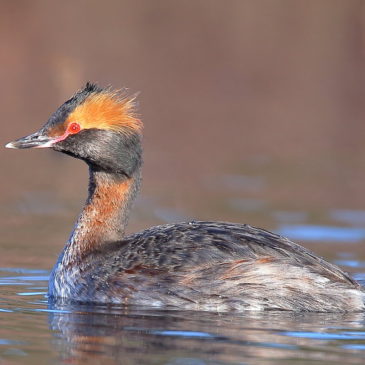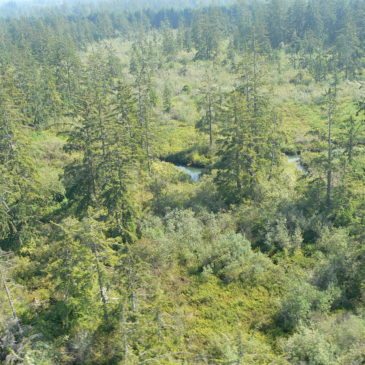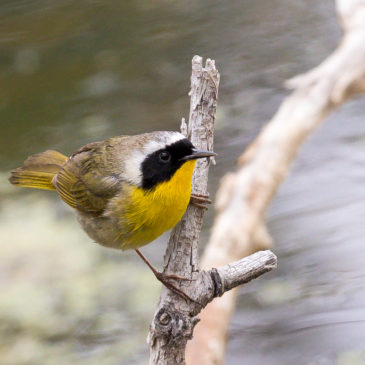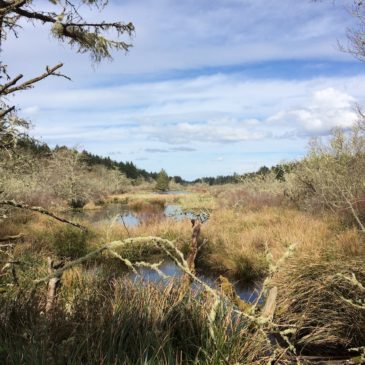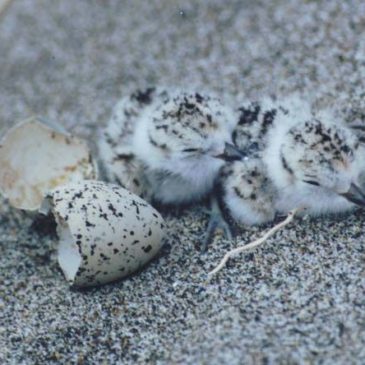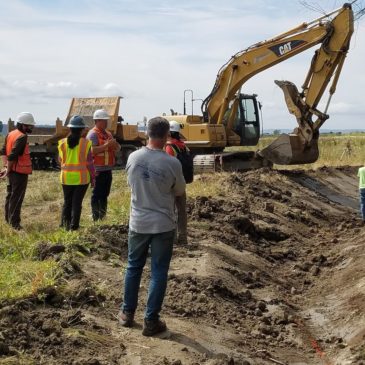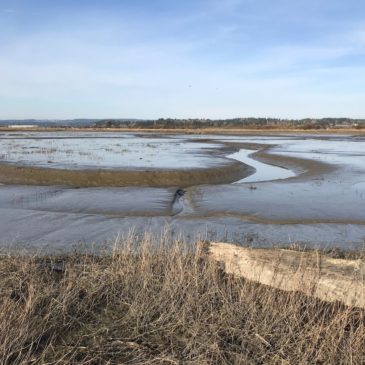Thank you to Heather Kapust, State of Washington Department of Ecology, for providing information about Washington's coastal wetlands grants.
Conservation succeeds with partners
Washington State Department of Ecology has definitely proven the power of partnerships when it comes to coastal habitat conservation. They have worked closely with partners to secure and utilize funding from the National Coastal Wetlands Conservation Grant Program – resulting in 67 projects and more than 12,000 acres protected, restored or enhanced since the program began in the early 1990s.
This federal grant program, administered by the U.S. Fish and Wildlife Service, requires a 25% non-federal match, but many projects exceed the match requirement. Cumulatively, Washingtonʻs grant awards approximate $64 million dollars, but the total project budgets have exceeded $100 million. A project in Elliott Slough near the Grays Harbor National Wildlife Refuge was awarded $310,500, for example, but partners committed to an additional $211,000. The match funds came from a friends group, an Indian Nation, and the Washington State Salmon Recovery Funding Board – a good example of leveraging federal dollars for fish and wildlife conservation.
The coastal wetlands grants, as they are referred to by many, are intended to acquire, restore, enhance or manage coastal wetlands habitats, especially declining wetland types. Coastal wetlands, along with their associated uplands, have a large payoff when it comes to wildlife populations, supporting a high percentage of our fish and migratory bird species. Coastal wetlands have other functions and values as well – they function as storm buffers and pollution filters and provide fishing, birding, hunting, boating and other recreational opportunities.
What’s in it for the birds? (Habitat!)
The 2019 State of the Birds Report, United States of America, identifies habitat loss as one of the key factors contributing to bird declines over the past fifty years. For some bird groups, those declines have been significant.
Western Snowy Plovers have been listed as a federally threatened species under the Endangered Species Act since 1993. Habitat conservation, management and public outreach may be making a difference for plovers, but conservation of their beach habitats is still critically important to their recovery. A 2015 coastal wetlands grant project on Washington's Long Beach Peninsula will conserve nesting habitat of the Western Snowy Plover, as well as the threatened Streaked Horned Lark. Further north near Grays Harbor, the 2017 Grayland Acquisition Project is conserving 1100 acres of diverse wildlife habitat.
The coastal wetlands grants have also supported significant restoration projects. The zis a ba Estuary Restoration Project, done with the Stillaguamish Tribe, removed levees and restored natural tidal flows, restoring natural estuarine habitats that support rearing fish as well as waterfowl and shorebirds.
Interested in applying?
Only approved State entities are eligible to apply for these federally sourced grants, but local governments, tribes, and non-profit partnerships are important to the application proposals. If you think you have a project that fits the bill, please contact Heather Kapust at Washington State Department of Ecology to learn more about the process. And, if you are not in Washington, you can learn more by contacting the U.S. Fish and Wildlife Service regional contacts for your area.
View some of the completed projects below, along with a sample of the birds they benefit.
